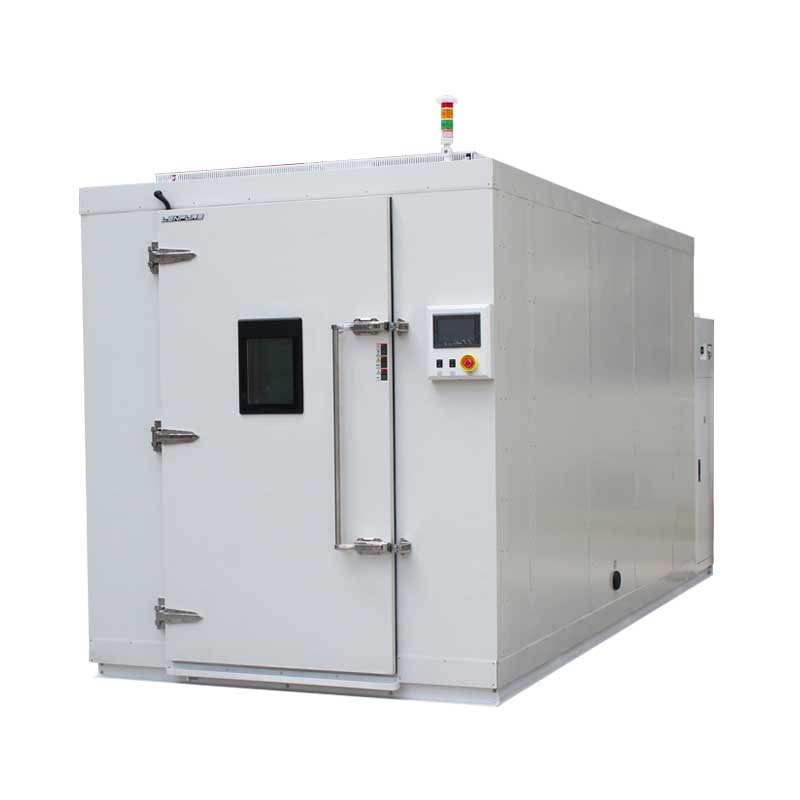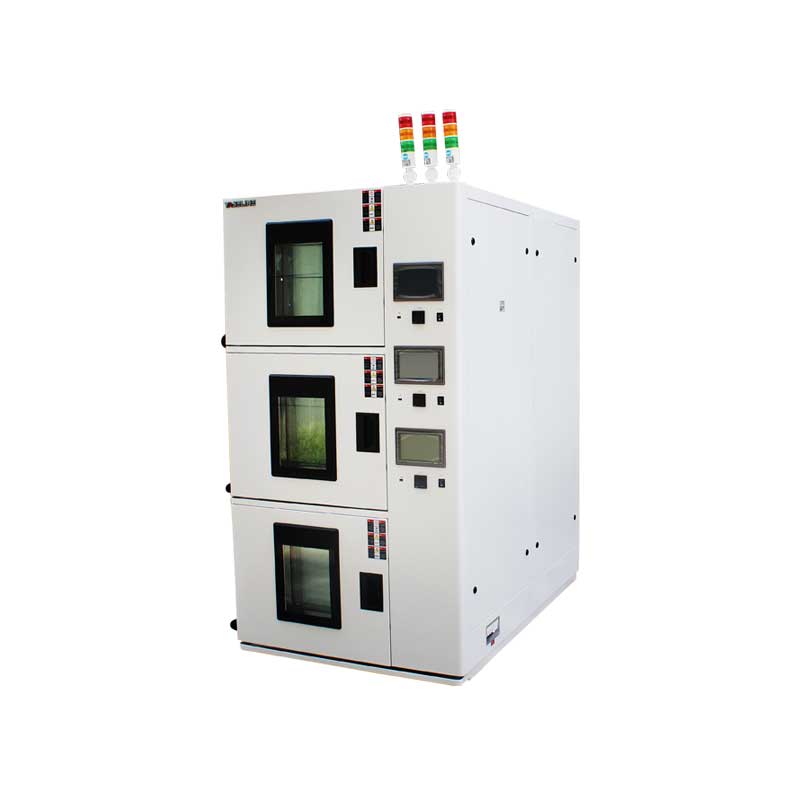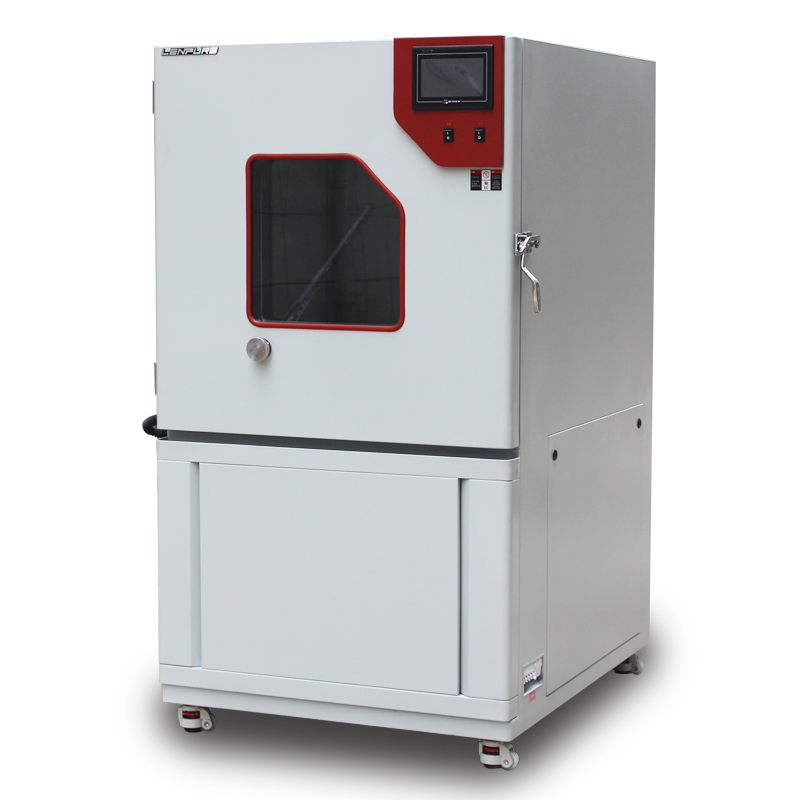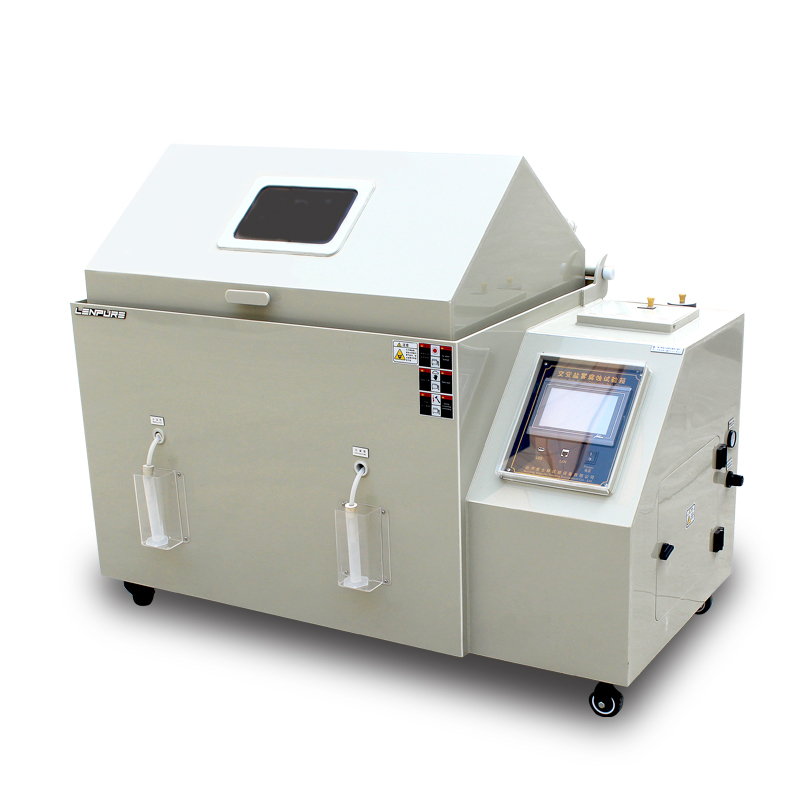The Role of Temperature–Humidity Chambers in Cosmetic Stability Testing
Author:LINPIN Update Time:2025-08-29 Source:LINPINIn today’s fast-moving beauty market, shelf stability can make or break a brand. Consumers expect creams, lotions, and serums to look, smell, and perform exactly the same on day 1,000 as they did on day 1—whether the product is stored in humid Miami or dry Denver. A temperature–humidity chamber gives formulators a controlled, accelerated way to verify that promise before a single unit ships.
-
What a T/H Chamber Actually Does
A modern chamber can dial in temperature to ±0.5 °C and relative humidity to ±2 % RH. By cycling—or holding—those conditions, it mimics everything from tropical bathrooms to frosty cargo holds. The goal is to force any physical or chemical changes to happen in weeks instead of years. -
Why Stability Testing Matters for Cosmetics
• Formula integrity: Actives (e.g., vitamin C, retinol) can oxidize; emulsions can crack.
• Regulatory compliance: US FDA, EU Regulation 1223/2009, and ASEAN guidelines all expect documented stability data.
• Brand protection: Early detection of separation, discoloration, or odor drift prevents costly recalls and social-media backlash. -
How the Test Is Run
Step 1 – Protocol Design
Typical test points:
• 25 °C / 60 % RH (long-term, 12 months)
• 40 °C / 75 % RH (accelerated, 3 months)
• 4 °C or freeze-thaw cycles for extreme excursions
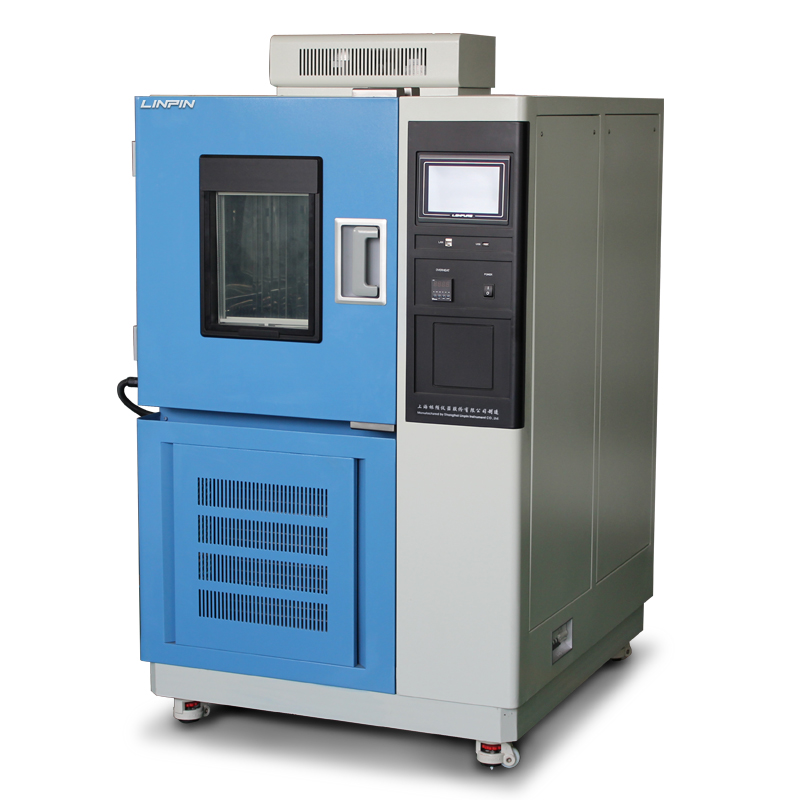
Step 2 – Sample Matrix
Test at least three batches, filled in final packaging and in glass “reference” jars to separate formula from package effects.
Test at least three batches, filled in final packaging and in glass “reference” jars to separate formula from package effects.
Step 3 – Pull Points
Inspection schedule: 0, 2, 4, 8, 12 weeks (accelerated) or 0, 3, 6, 9, 12 months (real-time). At each pull, evaluate:
• Appearance (color, phase separation)
• Viscosity, pH, fragrance profile
• Microbial challenge if preservatives are under stress
Inspection schedule: 0, 2, 4, 8, 12 weeks (accelerated) or 0, 3, 6, 9, 12 months (real-time). At each pull, evaluate:
• Appearance (color, phase separation)
• Viscosity, pH, fragrance profile
• Microbial challenge if preservatives are under stress
Step 4 – Data & Decision
Trend any drift beyond preset specs. If viscosity drops 20 % or pH shifts more than 0.5 units, reformulate or adjust packaging before launch.
Trend any drift beyond preset specs. If viscosity drops 20 % or pH shifts more than 0.5 units, reformulate or adjust packaging before launch.
-
Tangible Benefits for the Business
• Speed to market: Three-month accelerated data can support a launch instead of waiting a full year.
• Cost avoidance: Catching a stability failure in the lab saves an average of USD 250 k in lost inventory and PR damage.
• Cross-category leverage: The same chamber validates pharmaceuticals, sunscreens, and OTC topicals—maximizing ROI on the capital purchase.
A temperature–humidity chamber is not just another piece of lab equipment; it’s an insurance policy against disappointed customers and regulatory headaches. By baking (and freezing) in stability data early, cosmetic companies can ship products that remain flawless—no matter where in the world they end up.

